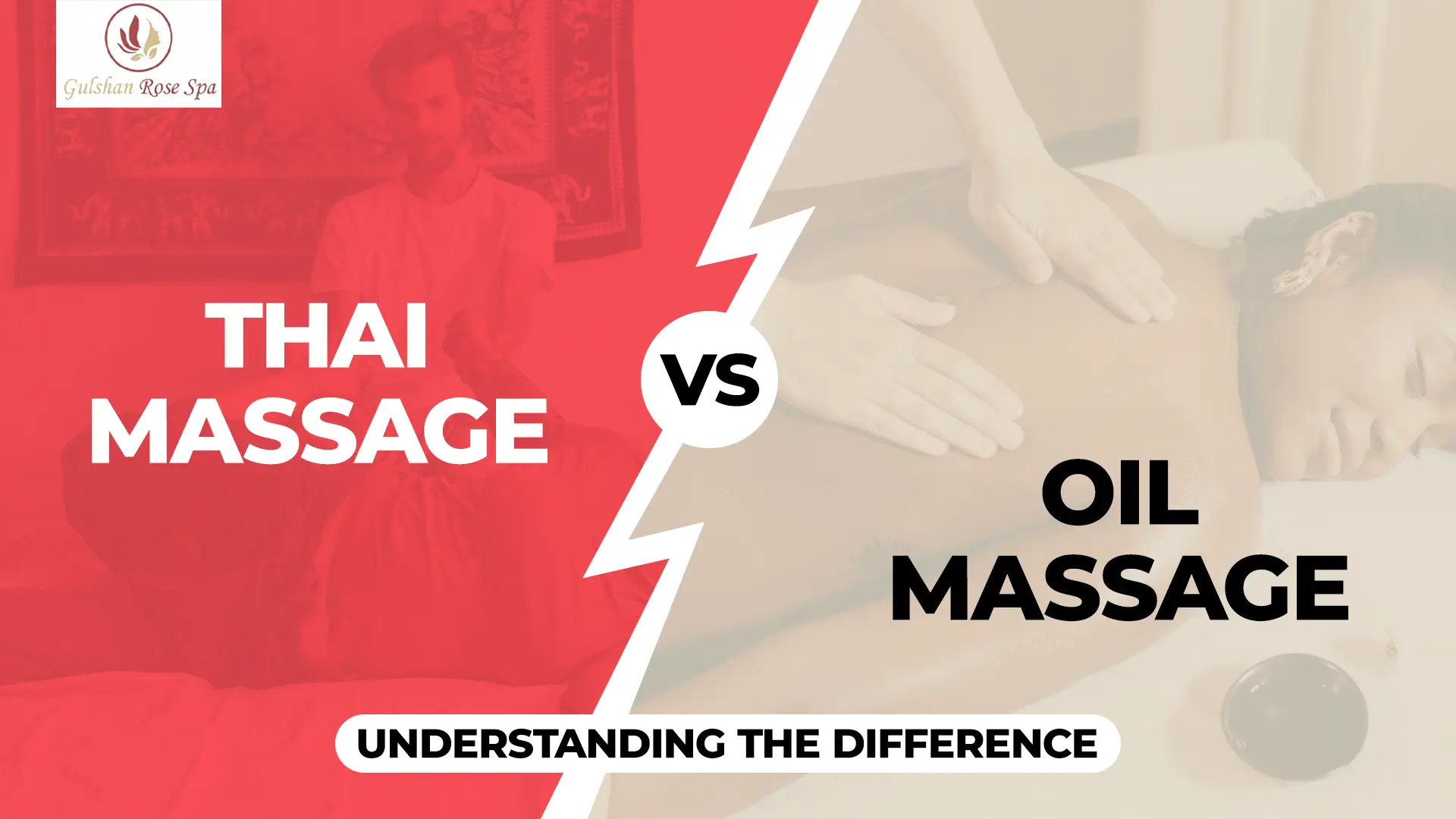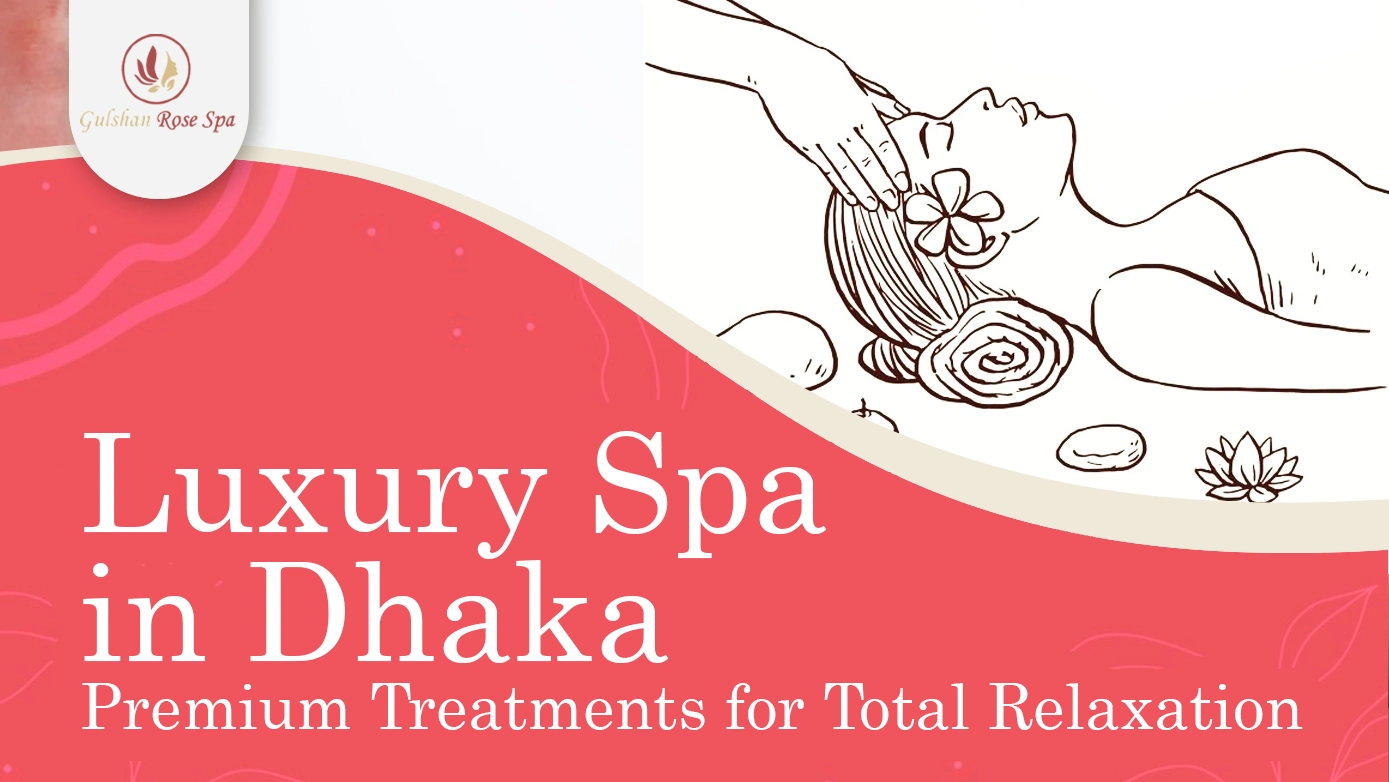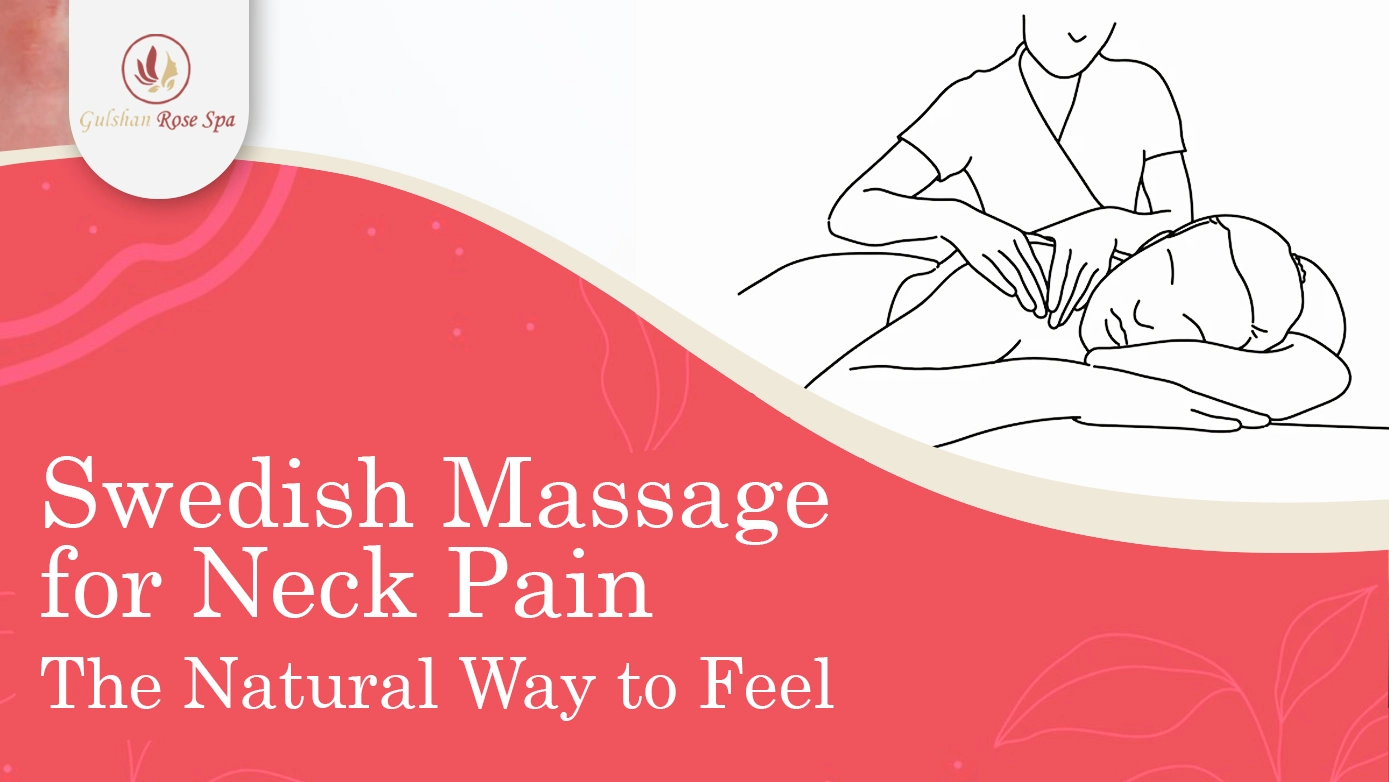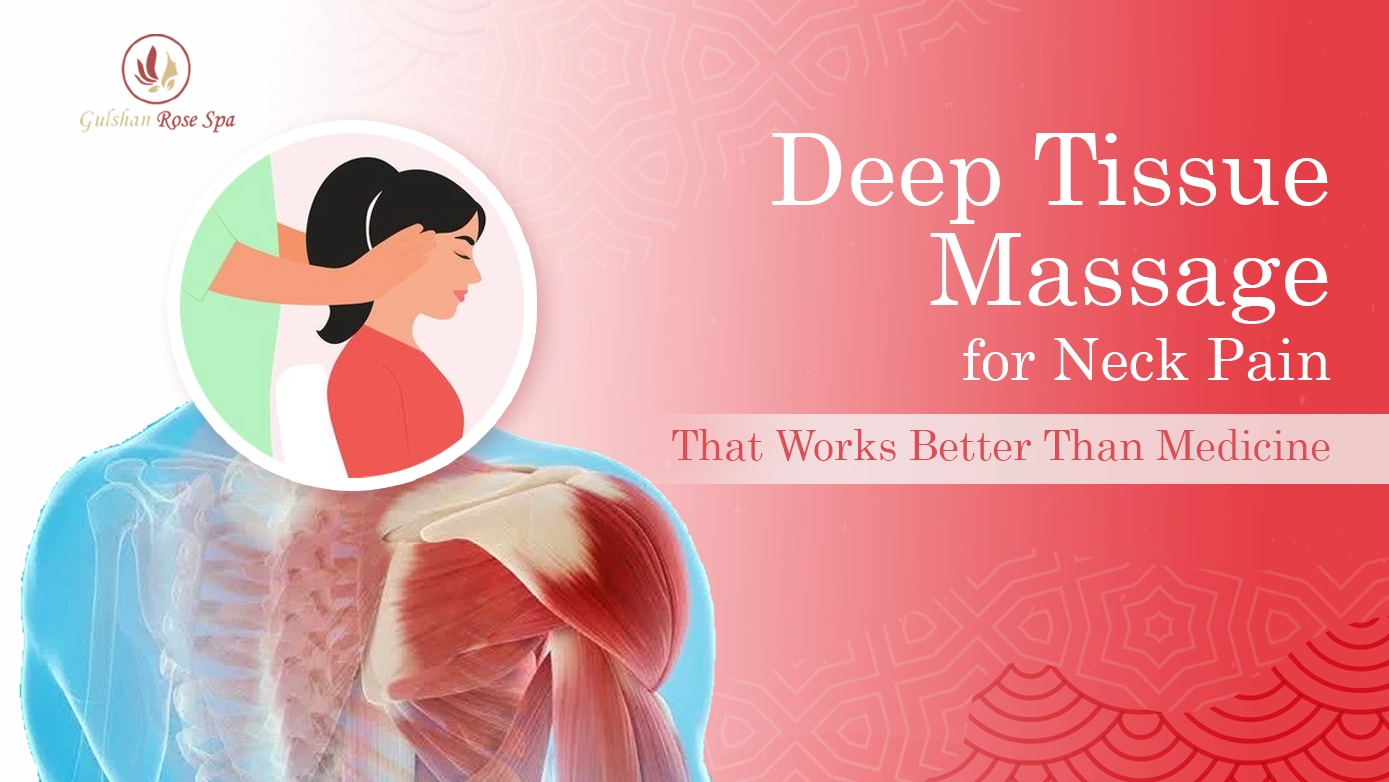Have you ever compared Thai massage vs oil massage? While each style allows one to attain incredible benefits, they do differ in technique, purpose, and overall experience.
Thai massage and Thai oil massage bring unique qualities to the space that cater to different relaxation needs—whether it is for flexibility or hydration of the skin. But which one is going to work best for you?
In this article, we highlight the main differences between an oil massage and a Thai massage that will help you be more informed when making your choice.
What is Thai Massage
Thai massage is also known as Thai Yoga Massage, or ‘the lazy person’s yoga’, which incorporates manual therapy with assisted yoga. During the massage, the therapist uses their hands and feet to knead and press muscles along the body’s energy lines. Through acupressure, the Sen is stimulated, which is supposed to balance the body’s energy system. Additionally, passive stretching can help improve circulation and flexibility and relieve tension within the joints and muscles by opening up the body.
Understanding the Benefits of Thai Massage
There are several benefits associated with Thai massages, which are more than just the use of a relaxation technique. It is a very special experience that can be utilized for general well-being. Starting with the easing of physical pain to refreshing one’s mind, this massage is a helpful therapy in many ways. Here are some of the benefits of Thai massage:

Improved Flexibility
Thai traditional therapy features stretches similar to yoga poses that work on improving the flexibility of your joints of the body. Whereas the stretch will absolutely benefit flexibility, it also works in realigning the body regardless of your current flexibility stage.
Increase Circulation
The repetitive motions in Thai therapy allow for increased blood flow and therefore foster an increase in circulation throughout the body. This can also serve to reduce inflammation and quicken the healing process.
Improves the Energy Levels
Unlike other forms of massage, Thai massage rejuvenates rather than simply relaxes. Though it relieves tension in your body, it enriches the flow of energy in you, giving a fresh and rejuvenated sense.
Relieving Chronic Pain
Thai massage can relieve individuals who have been suffering from various kinds of chronic pain originating from the back, shoulders, or hips. Also provides pain relief by releasing tension within the muscles to let pressure points be touched and met with minimal discomfort in stimulating the healing process.
Reduced Anxiety and Stress
Traditional Thai therapy not only rejuvenates the body but also comforts the mind. Although it involves more movement than a typical massage, it still promotes calm, helping reduce anxiety and stress effectively.
Increased Range of Motion
The different methods used in Thai bodywork also provide a gentle stretching of your tendons and ligaments, offering ease of joint health. Whether one is looking to maintain or restore the mobility of their joints, Thai traditional bodywork supports your range of motion.
Detox Support
By stimulating the lymphatic system, Thai traditional bodywork supports the natural detoxification processes of the body, regardless of age or activity level. This will help clear toxins and improve immune activity.
Better Posture
Regular Thai therapeutic massage can improve posture by targeting misalignments in muscles and joints. While posture is often overlooked, alignment work in these massages provides better balance and body structure.
What is Oil Massage
Oil massage is also known as Swedish or aromatherapy massage and involves stroking the body with long, relaxing strokes using principal essential or carrier oils. In general, it is performed on a massage table because it allows smooth, gliding movements. Since the massage incorporates rubbing oil into the body, the recipient may have to get naked or wear very little clothing. Additionally, oil Thai massage can improve blood circulation, relax the body, and calm the mind.
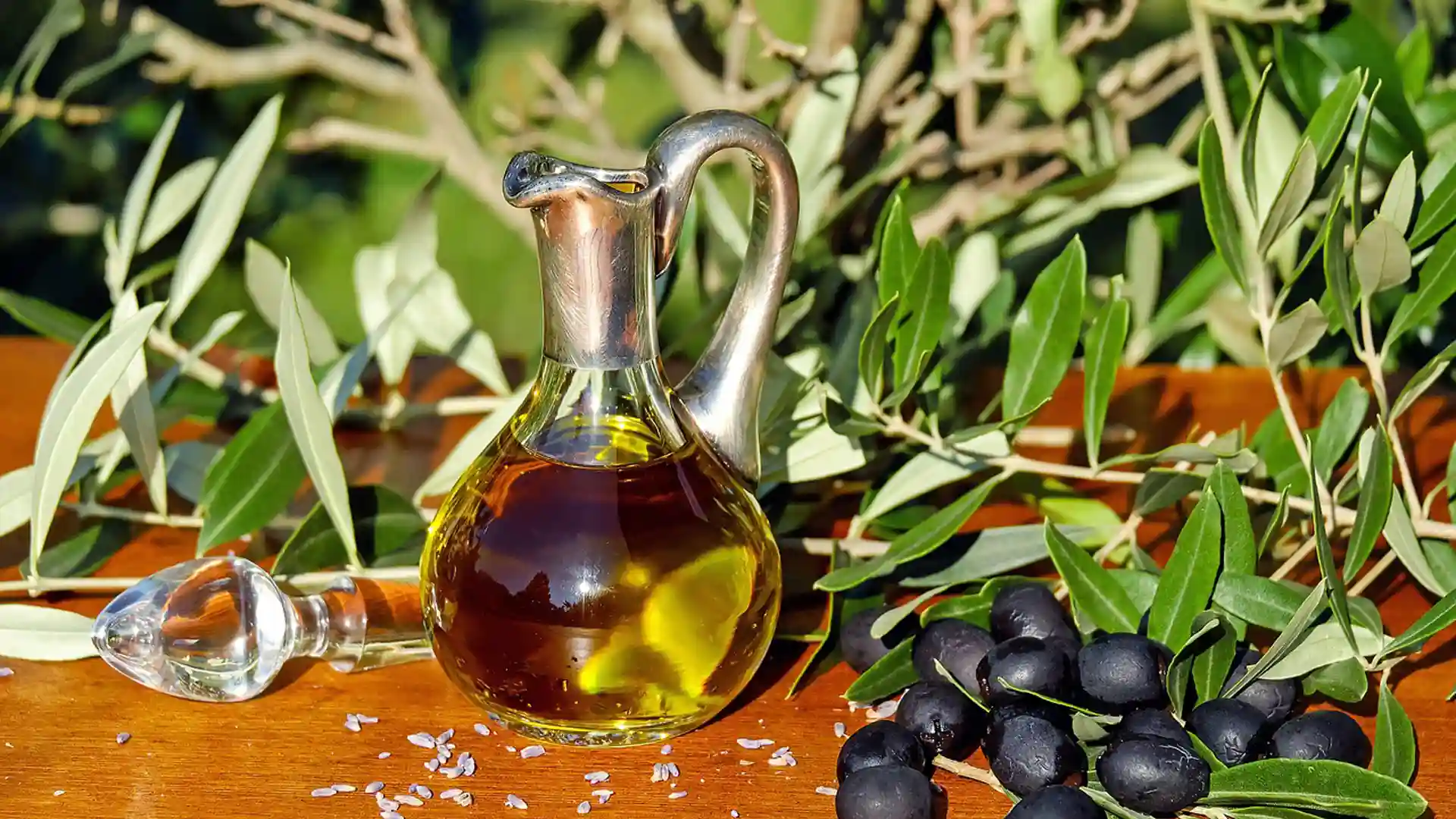
Understanding the Benefits of Oil Massage
Thai oil massage is renowned for its relaxing effects, which go beyond simple tranquillity. Whether you’re looking to unwind or address specific physical needs, this massage offers a range of unique benefits that can promote wellness from head to toe.
Improved Relaxation
While various types of massage alleviate tension, oil Thai therapy stands out in simply creating a deeply relaxed atmosphere. These oils soften the skin and aid in soothing the nervous system elements, which may have been just perfect for stress relief.
Healthier skin
Oil massage hydrates and nourishes the skin; hence, it’s ideal for people with dry or sensitive skin. Although not a substitute for daily skincare, regular oil massage supports skin elasticity and glow.
Better Blood Circulation
The soft rubbing and kneading of muscles and joints during oil massage stimulates blood circulation throughout the body. Whether for improved recovery or better skin health, increased circulation is a core benefit of oil massage.
Reduced Inflammation
Some therapeutic oils contain anti-inflammatory properties to help reduce swelling or irritated areas. While not a cure, this can be quite beneficial for people who have periodic inflammation in the joints or muscles.
Hormonal Balance Support
Oils used during massage, including lavender and rose, help balance hormonal activity. Though not a replacement for medical treatments, it’s a natural way to support emotional balance.
Soothes Sensitive Skin
For sensitive skin or even with conditions such as eczema, oil therapy can be pacifying and supportive. While it is indeed important to treat with caution the use of particular oils, there are hypoallergenic options, actually allowing every skin type to take part in this activity.
Customized Aromatherapy Benefits
From refreshing citrus oils to calming lavender, a wide range of oils is used in
, and hence, the aromatherapy benefits vary. These subtle aromatic effects create an individualized experience in each person’s case.
Difference Between Thai massage vs Oil massage
Here is a comparison table, highlighting the core differences between Thai oil massage and traditional Thai bodywork. Ideal for a glance before diving into our detailed guide!
| Key differences | Thai Massage | Oil Massage |
| Origins | Traditional Thai practice, rooted in Thailand | Rooted in Western massage practices like Swedish or aromatherapy |
| Technique | Involves deep stretching, acupressure, and yoga-like movements | Uses long, gentle strokes with essential oils for a soothing, gliding effect |
| Use of Oils | Does not use oils; focuses on dry pressure points and stretches | Incorporates oils, often scented, to enhance relaxation and moisturize the skin |
| Setting | Performed with the client fully clothed on a mat on the ground. | Conducted on a massage table, with the client undressed or lightly covered |
| Intensity Level | Intense and invigorating, with moderate to high pressure | Generally gentler, focused on relaxation with lower to moderate pressure |
| Primary Benefits | Improves flexibility, releases deep muscular tension, and enhances energy flow | Reduces stress, improves skin hydration, and promotes overall relaxation |
| Best For | Active individuals, people seeking increased mobility or relief from deep tension | Those looking for stress relief, skincare, and a calming experience |
| Typical Duration | Typically lasts 90-120 minutes for maximum benefit | Can range from 60-90 minutes |
| Mental & Physical Focus | Energizing and restorative, ideal for enhancing focus and physical stamina | Calming and soothing, perfect for mental relaxation and physical unwinding |
Now take a closer look at our comprehensive comparison guide of Thai massage versus oil massage, covering aspects like the incorporation of oil, movements, intensity and more. This can help you to make an informed choice.

-
Origins and Philosophy
An ancestral technique, Thai massage, began in India more than 2500 years ago. As a personal physician and disciple of Siddhartha, better known as Buddha, Shivaga Komarpaj left India to share Buddhist philosophy and wisdom with him. According to the principles of traditional Indian Ayurvedic medicine, he developed a massage technique rooted in yoga to benefit, among others, monks (Buddhist monks). However, it isn’t until he arrives in Thailand that he develops this practice into a successful technique that he will pass on to Thai traditional doctors.
While oil massage had its roots in ancient times among the civilizations of India, Egypt, and Greece, each contributed with specific uses. Abhyanga in Ayurveda involves warm, comforting herbal oils to balance energies within. Egyptians prized frankincense as one of their most treasured oils, targeting not only beauty but also therapeutic purposes, whereas the Greeks used olive oil to comfort the muscles after physical exertion, and the Romans projected this use into their ceremonial bathhouse activities. Chinese herbal oils contribute to relaxation and circulation. These traditions bring ancient wisdom with the quest for modern wellness and therefore lay the base for modern oil massage, which leads down the path of relaxation and stress relief through holistic healing.
-
Technique and Movement
The massage therapists in Thai massage use their palms, elbows, and even feet for deep stretches and pressures. Usually, the floor mat is a common place where the massage is given. The fully clothed and dry technique is energetic and focuses on mobility. Therefore, it is best for the person who wants an active massage.
Alternatively, oil massage involves long, gliding strokes and kneading techniques, focusing on superficial and deeper layers of muscle. The oil enables smooth movement, and the gentle strokes help to ease muscle tension and encourage calmness. It may involve a table, undressed, or lightly covered. It is non-arousing and merely a relaxing experience.
-
Use of Oil
Generally, no oils or lotions are used in Thai massage. The technique depends only on direct body contact, and not using oil allows the therapist to go much deeper with compressions and have more control during the stretches.
On the other hand, in an oil massage, oil plays an integral role. It ensures friction is at a minimum and that your strokes are smooth over the skin. The oils can also be placed with essential fragrances, adding an aromatic component to the experience.
-
Body Position and Clothing
Thai massage is typically done on a floor mat. Where the client will be fully dressed in comfortable, loose-fitting clothing that will permit a full range of various stretches and movements.
However, a typical oil massage is done on a padded massage table with the client undressed to the extent that they feel comfortable. Additionally, a sheet or towel is used for modesty, exposing only the area being massaged.
-
Intensity and Pressure Levels
Thai massage is known for its intense pressure and stretching, which may be uncomfortable for those unused to deeper bodywork. While the intensity of the stimulation is adjustable, it generally provides a vigorous, stimulating experience.
On the other hand, aromatherapy oil massage can have light to firm pressure; it still is soft and smooth, silky even, as compared to Thai massage. This style is a lot more about deep, penetrating muscle rest and is very suitable for people sensitive to stronger pressure.
-
Targeted Areas
Thai traditional massage works on the whole body, starting from pressure points and energy lines down to your fingertips and toes. It works on several groups of muscles and joints and hence is ideal for those in need of a full body release.
Alternatively, oil bodywork can be a full-body massage or can be localized to only those areas of the body that need extra attention, such as the back, shoulders, or legs. This is indicated for individuals who wish to derive relief from general muscle tension or specific soreness.
-
Experience and Suitability
Thai traditional massage is ideal for individuals looking for energy balancing, flexibility, and relief from deep muscle tension. In addition, it’s well-suited for active individuals or those open to more intensive techniques.
Alternatively, oil massage is best for those wanting a relaxing experience with gentle muscle relief. Also suitable for anyone needing relaxation, recovery from mild soreness, or a relaxing session without intense body manipulation.
-
Cost and Budgeting
Thai yoga massage could be a little more expensive since the practitioners have to be specifically trained. Besides, sessions can be quite different depending on whether they’re a high- or low-quality type of spa.
Oil massages are usually more accessible and therefore considered a bit cheaper. However, prices vary depending on how the essential oil is used or any other aromatherapy option available.
Which one is better, Thai massage or Oil massage
The quick answer is “it depends”! Whereas there are some minor benefits of each type, neither is really ‘better’ than the other.

To choose the right massage, you have to consider what you want to achieve from it. Whether you want to improve your flexibility, decrease your stress levels, or increase your energy level, then Thai massage is for you. Because it involves hard stretches with strong acupressure methods in order to mobilize circulation, hence promoting great health.
On the other side, if you need to be relaxed or are in distress from tension and painful muscles, an oil massage will do you good. This immediates the experience, hence making it calming to melt away stress.
Ultimately, it is your choice to make depending on your goals and preferences. Moreover, if you are still unsure, you can consult our qualified therapists, who will help you choose what suits your needs best.
How much privacy can you expect during Thai and Oil massages
If you’re considering getting a massage, knowing some of the privacy differences between Thai massage vs oil massage can significantly enhance your experience.
For one, Thai massages are usually done in a shared space, which might not appeal to everybody. While the practitioners allow you the decency by having their loose clothes on, you may feel less guarded in a shared area.
On the other hand, oil massage allows for a private setting where you can relax in full privacy. The serene setting combined with professional draping results in intimacy and privacy.
This is why the process of oil massage is preferred for those seeking private moments of calmness.
Thai massage and Oil massage At Gulshan Rose Spa
Not sure which massage type suits you? Both Thai and oil massages are provided in our luxurious Gulshan Rose Spa. In Thai massages, great flexibility and energy are achieved to help active souls, while oil massage will help reduce stress with soft, smooth strokes. We will help our skilled therapists present a perfect fit for you!

Therefore, you can enjoy the ideal harmony of therapeutic benefits and luxurious pampering as our skilled therapists provide a transformative massage that refreshes the body and relaxes the mind.
Thus, why wait? Make an appointment at Gulshan Rose Spa right now to experience the amazing advantages of oil and traditional Thai massage.
Final Thoughts
The main differences between Thai massage vs oil massage lie in their techniques and their purpose. In oil massage, oils are used for a soothing flow that reduces muscle pains and induces relaxation, whereas Thai massage incorporates deep stretches, acupressure, and the flow of energy without using any oil. Both are effective, but Thai massage would be suitable in cases where one needs flexibility and balancing of energy, whereas oil massage would be ideal for stress relief and calmness.

